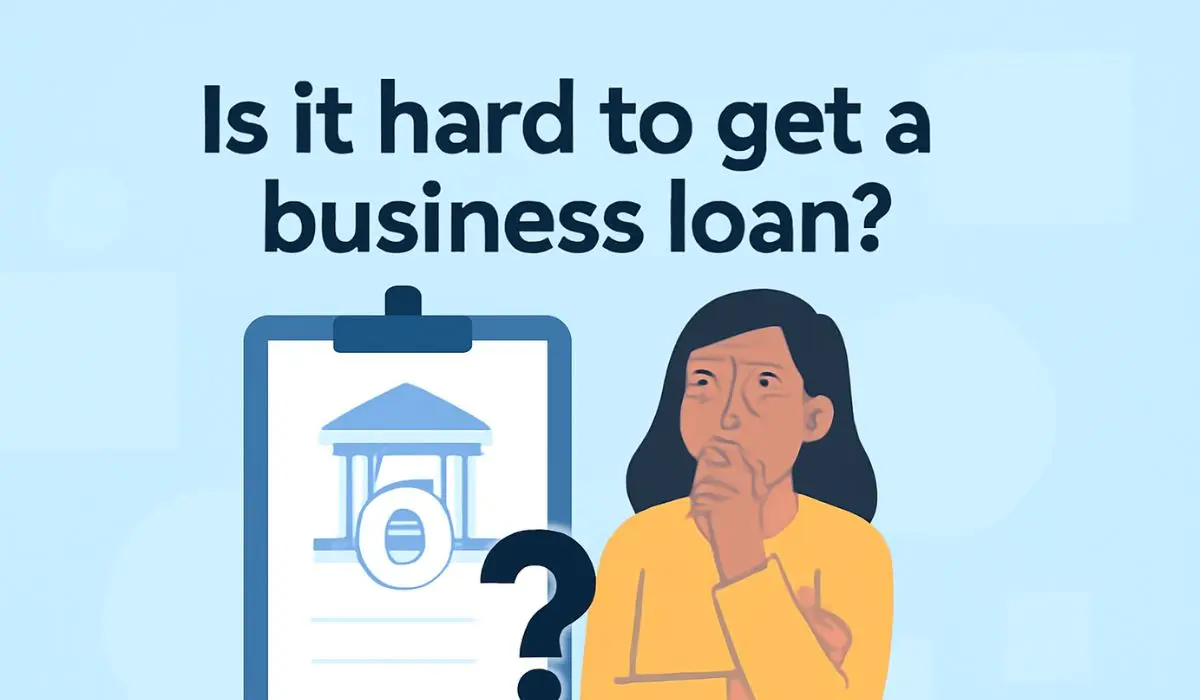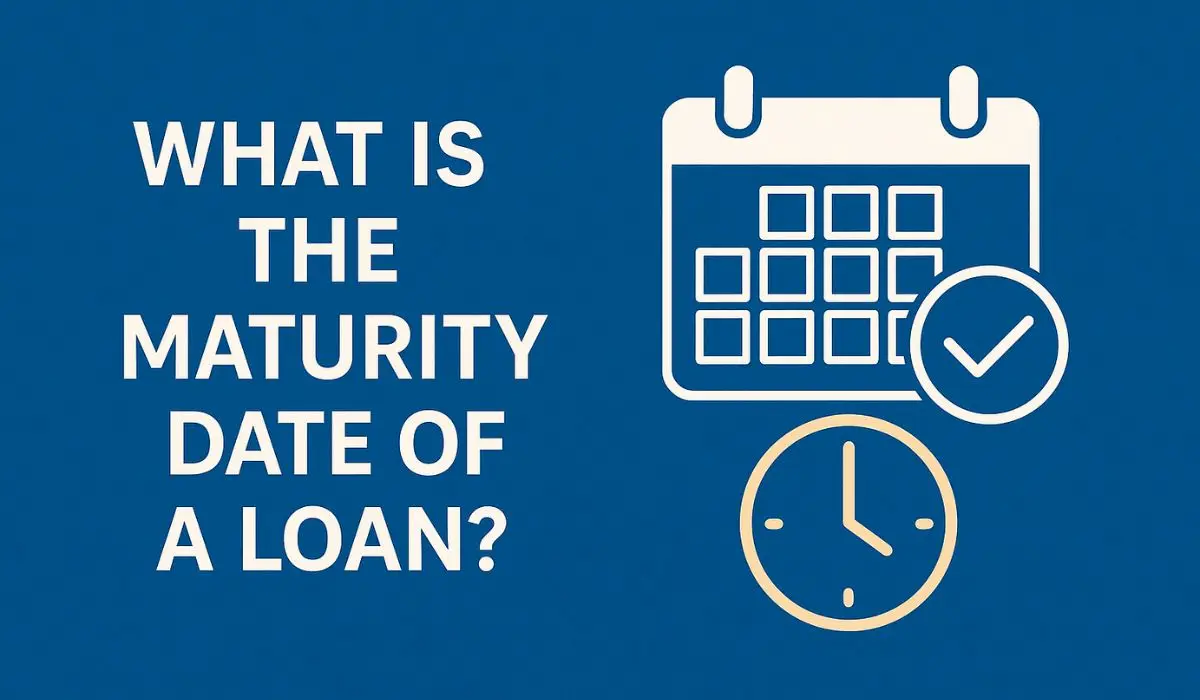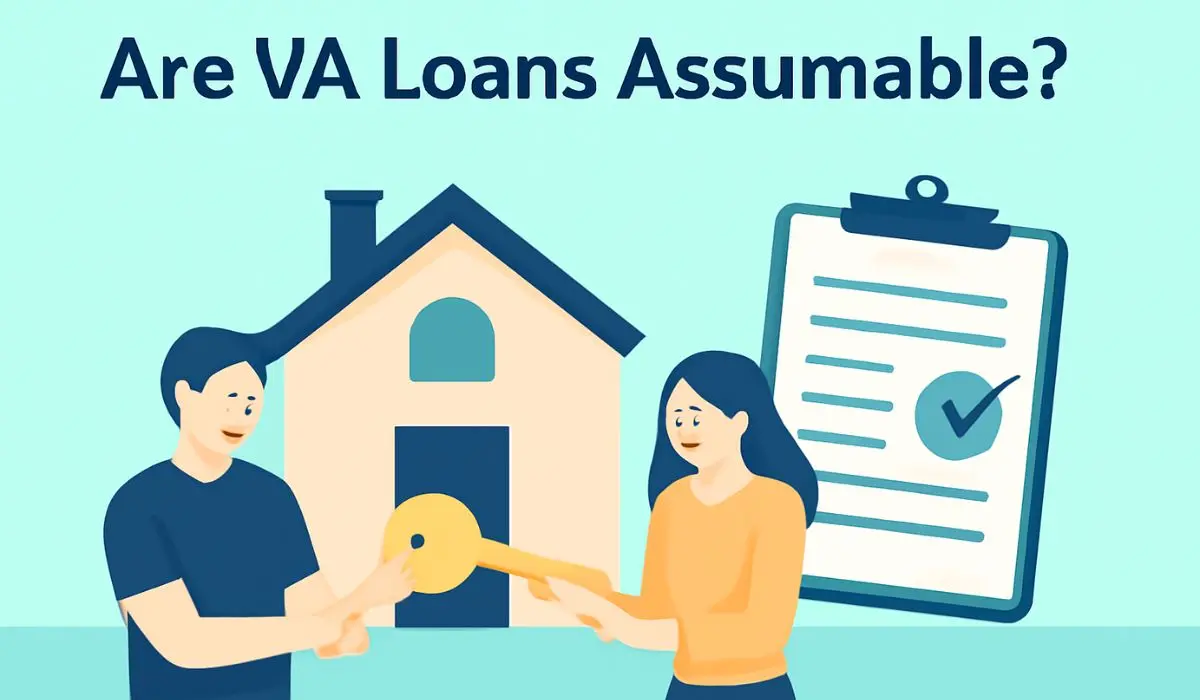When it comes to your retirement savings or other benefits like stock options, one term you’ll likely hear is “vested balance.” But what does this mean? In simple terms, a vested balance is the part of your retirement account or benefits that you fully own and can take with you when you leave your job.
What is Vesting?
Vesting is the process that determines when you have full ownership of the money or benefits that are being contributed to your account. For example, if your employer puts money into your 401(k) or offers you company stock, vesting decides when you can fully keep that money, even if you leave the company.
There are different rules about when you can “own” employer contributions. Your personal contributions are always yours, but employer contributions might take some time to fully vest.
How Does Vesting Work?
When you contribute to a 401(k) or another retirement account, the money you put in is always yours. But employers often add their own contributions, and these contributions usually take time to become “vested.” This means you can’t just take the employer’s contributions if you leave the company before meeting certain requirements.
Employers have different rules for vesting, and they often use schedules to decide how long you have to stay with the company before you fully own the contributions they make.
What is a Vested Balance?
A vested balance is the portion of your retirement account (or other benefits) that you fully own. This means it’s the part of your account that you can take with you if you decide to leave your employer.
For example:
- Your Contributions: Any money you put into your 401(k) is always 100% yours. This is fully vested.
- Employer Contributions: These are the funds your employer adds to your account. These might not be fully yours right away. The amount of employer contributions you can take with you depends on your vesting schedule.
Common Types of Vesting Schedules
There are a few common types of vesting schedules that companies use to determine when you can keep employer contributions. These are:
- Immediate Vesting: With this schedule, you own 100% of the employer’s contributions from the very first day. There’s no waiting period.
- Cliff Vesting: In this case, you don’t own any of the employer’s contributions until you’ve been with the company for a certain amount of time, typically a few years. After that, you get 100% ownership all at once.
- Graded Vesting: Here, you gain ownership of a percentage of the employer’s contributions each year. For example, after 1 year you may own 20%, after 2 years you may own 40%, and so on until you reach 100% after several years.
What Does Vesting Mean in a 401(k)?
In a 401(k), vesting determines when you own the employer’s contributions to your retirement account. Your own contributions to the plan are always yours, but the employer’s contributions might be subject to vesting schedules.
For example:
- If your employer matches your 401(k) contributions, but the plan uses a graded vesting schedule, you might need to stay with the company for 3 years to own 100% of their contributions.
- If you leave the company before being fully vested, you could lose some or all of the employer’s contributions.
How Are Vested Contributions Taxed in a 401(k)?
For a traditional 401(k), taxes on vested contributions are deferred until you withdraw the money. This means that you don’t pay taxes on the employer’s contributions until you take the money out of the account, typically when you retire.
For Roth 401(k), taxes are paid on the employer’s contributions when they are made (because they’re considered after-tax), but when you withdraw the money in retirement, the distribution is tax-free if you meet certain requirements.
What Does Vesting Mean for Restricted Stock Units (RSUs) and Other Forms of Company Stock?
In addition to retirement plans, vesting is also common for Restricted Stock Units (RSUs) and other company stock. RSUs are a form of compensation where you’re granted company stock, but you don’t actually own it until it vests.
For example, if you’re granted 1,000 RSUs with a 4-year vesting schedule, you might get 250 RSUs every year until you’ve owned the full 1,000 shares.
Stock Options and Stock Appreciation Rights (SARs) Vesting
Just like RSUs, stock options and Stock Appreciation Rights (SARs) also come with vesting schedules. Stock options give you the right to buy company stock at a set price in the future, and SARs allow you to profit from the rise in the stock price. Both require you to stay with the company for a certain period before you can exercise your options or benefit from them.
Pros and Cons of 401(k) Vesting
Understanding the pros and cons of 401(k) vesting can help you make informed decisions about your retirement planning and employment choices. Here’s a breakdown:
Pros of 401(k) Vesting:
- Incentive to Stay with the Employer: The main benefit of vesting is that it encourages employees to stay with the company for a longer period. By making employer contributions “vested” over time, companies ensure that employees are more likely to continue working there.
- Free Money from Employers: If your employer offers matching contributions, vesting means that you can potentially receive “free” money toward your retirement as long as you stay with the company long enough to vest. This can significantly increase your savings.
- Security for Retirement: Once you’re fully vested, the employer contributions in your 401(k) become yours for good. This offers long-term financial security as you work toward your retirement goals.
- Increases Employee Loyalty: Vesting schedules may help increase employee retention and loyalty, which can be a win-win for both employers and employees.
Cons of 401(k) Vesting:
- Job Lock: One of the main downsides of vesting is that it can create job lock. Employees may feel pressured to stay in a job they are unhappy with simply to secure their employer’s contributions. This can hinder career flexibility and personal growth.
- Losing Contributions: If you leave a company before reaching the vesting milestone, you may lose out on the employer contributions. This is especially a concern with cliff vesting schedules, where you get nothing if you leave before the vesting period ends.
- Complexity in Understanding: Vesting schedules, especially graded and cliff vesting, can be complex and confusing. It’s important to understand exactly when you will be fully vested, and this can sometimes be a tricky part of your retirement planning.
- Delayed Benefits: While employer contributions are a great benefit, the fact that you need to wait several years to fully own them may delay your access to what could be a substantial amount of money. This may discourage employees who are considering other job opportunities.
Conclusion
Understanding your vested balance is a key element in securing your financial future. While your own contributions to a 401(k) are always fully vested, employer contributions are subject to different vesting schedules, which means you may need to stay with your employer for several years before you can fully own those funds. Knowing your vesting schedule helps you plan ahead and make informed decisions about your career and retirement savings.
Vesting can be a valuable tool for both employees and employers, encouraging long-term retention and ensuring that employees benefit from the company’s contributions to their retirement plans. However, it can also create challenges, such as job lock, if employees feel pressured to stay longer than they’d like to secure their vested benefits. By understanding how vesting works, you can better navigate your retirement strategy and maximize your savings, whether you stay with your current employer or move on to new opportunities.
FAQs
Yes, you can withdraw the vested portion of your 401(k), but if you withdraw before age 59½, you may face penalties and taxes.
A vested balance is the portion of your 401(k) or other retirement accounts that you fully own and can take with you if you leave your job.
When you quit your job, you keep the vested portion of your retirement account, including your contributions and any employer contributions that have fully vested.
The time it takes to be fully vested depends on your employer’s vesting schedule. It could range from immediate vesting to several years, often 3 to 6 years.
Your total balance includes both your contributions and the employer’s contributions. If the employer contributions aren’t fully vested, your vested balance will be lower than the total balance.






